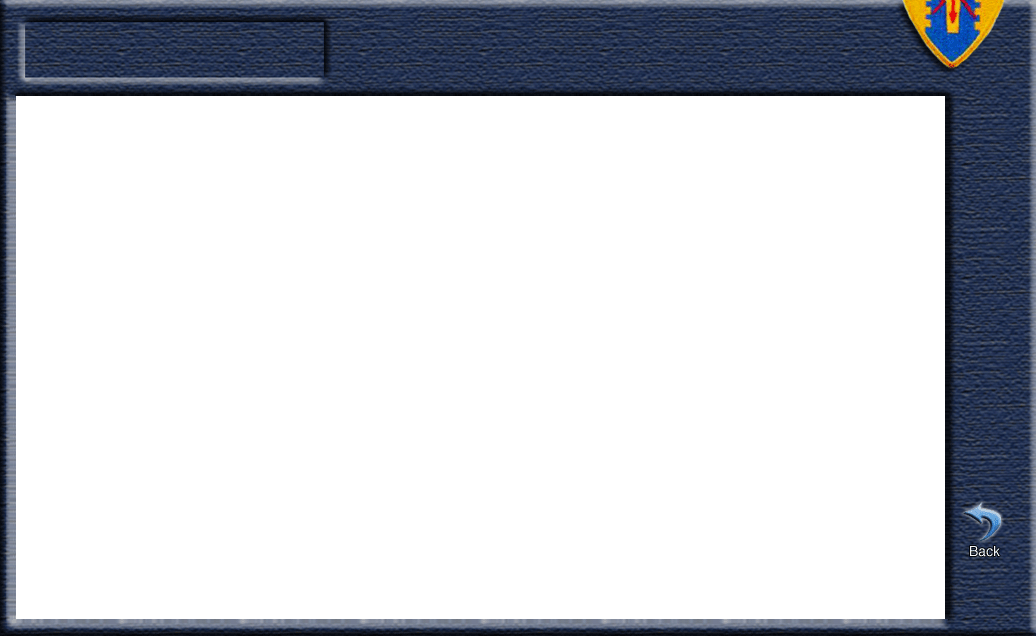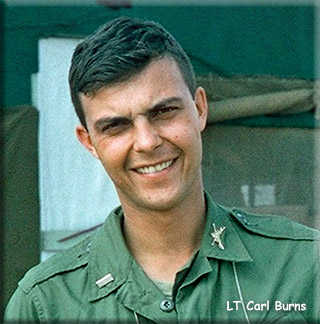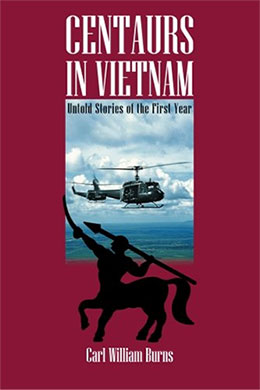

Getting There - 1966
Carl Burns - From his book

 How did the Army form an Air Cavalry Troop in early 1966? Not with a lot of pre-planning or training. We begin with the winter of 1965-1966.
How did the Army form an Air Cavalry Troop in early 1966? Not with a lot of pre-planning or training. We begin with the winter of 1965-1966.
Soon to be the leader of D Troop, 3⁄4 Cavalry, then Major Jim Peterson, had just left his post at Fort Knox, Kentucky and was assigned to the 175th Aviation Company at Fort Benning, Georgia. The “Little Bears” were to join the 25th Division. Jim left for Vietnam in March 1966 as part of a small advance party to set up camp at Cu Chi. Captain Jack Kempster also a part of the advance party was in charge of setting up the tent “hootch” kits. A major component of the advance party was the 25th Division Band. They were digging fox holes, laying barbed wire, and pulling perimeter patrol duty. Their instruments would wait for later.
Jim was the first officer of the “Little Bears” to arrive at Cu Chi. There were no Hueys for them or for the Centaurs. They were on route to Vietnam aboard WWII era flat tops. Captain Francis X. Delvy, a war toughened Korean War veteran, was then the leader of the Centaurs at Schofield Barracks, Hawaii. He and a warrant officer comprised the pilot contingent. Frank was to get some in-country experience with the 1⁄4 Cav Troop of the 1st Cavalry Division helping to clear the peanut fields at a place called Cu Chi. It was here in a combat zone that he got Huey qualified. E4 Herbert Beasley went temporary duty (TDY) with the 501st Aviation Battalion at Bien Hoa to get door gunner experience.
First Sergeant Roland Petty, an underage U.S. Navy enlistee in 1943 who also served in Korea along with Delvy, was running a first class troop in Hawaii. Supply Sergeant Augustino Graziano was already playing the supply sergeant game, working within and outside the system.
Second Lieutenant John Alto, the Aerorifle Platoon leader was honing his surfboarding and Mai Tai quaffing skills at Fort DeRussy, Hawaii. John, after graduating armor school at Fort Knox, in December 1965 was assigned to the 3⁄4 Cavalry as the Aerorifle Platoon Leader. Go figure, an armor officer in charge of a rifle platoon. Well, that’s what the Army table of organization stated. Before departing the mainland John purchased a Corvette with visions of what a great life this army was going to be. Upon arrival at the Oakland Army terminal he drained the tank and went to Travis Air Force Base, San Francisco to leave for Hawaii. He was told he would go by ship, and to leave the car behind. The aero rifle platoon was one squad. The M1 was the primary weapon. The platoon was filled out with Puerto Rican draftees. M16’s arrived in time to get one go at the firing range.
The majority of the pilots were freshly plucked out of the skies of Fort Rucker, Alabama. Mostly lieutenants and warrant officers out of flight school classes 65-16, 65-18 and 65-15W. We gathered at Fort Benning to join the 176th Aviation Company , (Airmobile Light). We were really light because we had no helicopters. The recent graduates included Lts. Lloyd Allred, Lewis Barger, Carl Burns, Russell Catania, Gary Hatfield, Dennis Hurtt and Warrant Officers Lorraine Armstrong, William Carroll, John Dismer, Robert Dunbar, Michael Iler, Dale Johnson, Thomas Johnson, Albert Menzl, Gaylen Randall, Adrian Sipple, and James Spears.
Joining us at the 176th were Majors Eugene Prosser and Peter Moore and Captains Jerry Collamore, Nicholas Doiron, Robert Graham, Charles Robinson and James Thompson. Doiron and Graham were subsequently promoted to major.
Pilots at the 10th Aviation Group at Fort Benning, Major Lynn Askins, Captains Joe Lacy, and Peter Moore, and Lts. Herbert Caddell and Gary Hatfield were to join us in Hawaii. This year, 1966, would come to be known as the year of majors in the cockpit.
Rumor at the 176th was that we were to build up to full strength and ship out to Nam. It was formation at 530 hours, some administrative nonsense, a lot of downtime and inoculations; small pox, cholera, typhus, and gamma globulin. Somehow we recent graduates got our minimum four hours a month flight time in January and February in UH-1Ds. The captains and majors were in Huey transition training. My February hours were hastily done on February third.
Of course the rumors were wrong. On the morning of February 3, 1966, we received our orders. Our assignment was to the 25th Infantry Division, Troop D, 3rd Squadron, 4th Cavalry, reporting to Schofield Barracks via San Francisco by commercial airliner.
In two weeks we begin to gather at the San Francisco Airport from all parts of the country. Our commercial flight to Hawaii is at least four hours later. What could we do with a four hour layover? Stay at the airport or go downtown for some refreshments. Downtown won out.
We arrive back at the airport in non-flying condition. We join others and settle in for the flight to Hawaii. The stewardess announces that there are two empty seats in the rear of the plane and would we mind if a honeymoon couple joined us. Talk about running the gauntlet, catcalls, whistles, cheers, handclaps, and laughter. The bride was bright red and hid in the arms of her new husband. They were helpless in their embarrassment as they made their way to the rear.
We became true officers and gentlemen and plied the couple with enough rounds for them to mellow. After six restful hours we arrive at Honolulu, disembark, are decorated with leis and are greeted by a butter bar second lieutenant sipping a Mai Tai.
The book Centaurs In Vietnam continues the stories of the boat trip to Okinawa, then on to Vung Tau, Vietnam; then the flight in Chinook Helicopters to final destination Cu Chi.